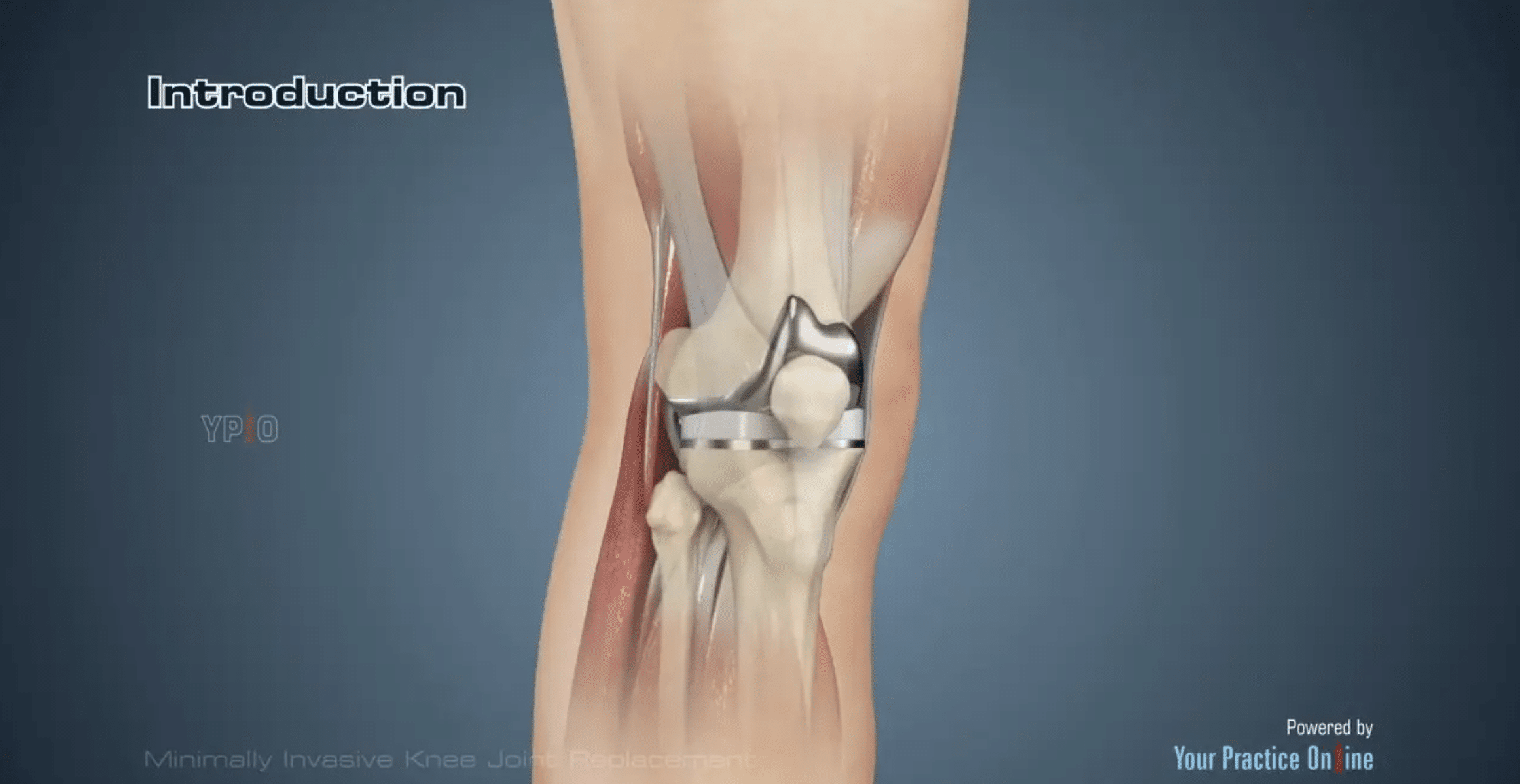
6
يوليوFinding Relief: Non-Surgical Options for Knee Pain Before Knee Cap Replacement
Knee pain can be a significant hurdle in daily life, limiting mobility and impacting overall well-being. While knee cap replacement, also known as patellofemoral joint arthroplasty, is an effective surgical solution for severe cases, exploring non-surgical options is often the first line of defense. These approaches can manage pain, improve function, and potentially delay or even prevent the need for surgery.
 **Lifestyle Modifications:**
**Lifestyle Modifications:**
The foundation of non-surgical knee pain management lies in lifestyle changes. Maintaining a healthy weight is crucial. Every pound shed reduces stress on the knees. Regular exercise, focusing on low-impact activities like swimming, cycling, or walking on soft surfaces, strengthens muscles that support the joint and improves flexibility. Conversely, activities that aggravate pain, such as high-impact sports, should be modified or temporarily avoided.
**Physical Therapy:**
A physical therapist can design a personalized program to address specific knee issues. Strengthening exercises for the quadriceps and hamstrings, along with stretching routines, improve range of motion and stability. Techniques like manual therapy can also help alleviate pain and stiffness.
**Pain Management:**
Over-the-counter pain relievers like ibuprofen or acetaminophen can offer temporary relief. For more persistent pain, a doctor may prescribe stronger medications or topical creams. However, it's crucial to follow dosage instructions carefully and discuss potential side effects with your doctor.
**Injections:**
Cortisone injections can be highly effective in reducing inflammation and pain caused by conditions like osteoarthritis. Hyaluronic acid injections, which supplement the fluid that lubricates the joint, may also provide relief. These injections are typically not a permanent solution, and repeat injections may be needed.
**Bracing and Assistive Devices:**
Knee braces can provide support and stability, reducing stress on the joint and alleviating pain. Choosing the right brace type depends on the specific cause of pain. Similarly, assistive devices like canes or walkers can help offload weight and improve mobility.
**Alternative Therapies:**
Some people find relief through complementary therapies like acupuncture, which involves inserting thin needles into specific points on the body. Studies suggest acupuncture may help manage pain, although more research is needed. Other options include massage therapy and heat or cold therapy, which can offer temporary pain relief.
**Addressing Underlying Conditions:**
Certain medical conditions can contribute to knee pain. For example, managing arthritis through medication or lifestyle changes can significantly improve knee health. Similarly, addressing gout or infections in the joint can prevent further damage.
Knee pain can significantly impact quality of life. Fortunately, various non-surgical options offer effective pain management, improved function, and potentially delay or avoid the need for knee cap replacement. Consulting a doctor or physiotherapist can help develop a personalized treatment plan that addresses the underlying cause of your knee pain and allows you to regain mobility and enjoy an active life.
Remember, this information should not be a substitute for professional medical advice. Always consult with a qualified healthcare provider for diagnosis and treatment of knee pain.



